
Polarized Training Pathway
In collaboration with Dr. Stephen Seiler, the “father of polarized training,” we have curated everything you need to know about the 80/20 training method.

Cycling training is a science and an art. How endurance athletes train, when they train, and the intensity and duration of that training all affect the gains and adaptations they see.
Proper interval execution is essential to see the expected progress. How you analyze and interpret all that data is equally valuable. Of course, training needs to be planned so it fits into any given season, race schedule, and lifestyle. Off the bike, the importance of strength and conditioning is often neglected.
This is training. This process is what athletes live for.

In collaboration with Dr. Stephen Seiler, the “father of polarized training,” we have curated everything you need to know about the 80/20 training method.

Interval workouts are a fundamental part of any endurance training program. Learn exactly what intervals are, why they are so important, and how to properly execute interval workouts with the help of Sebastian Weber, Neal Henderson, and Dr. Stephen Seiler.
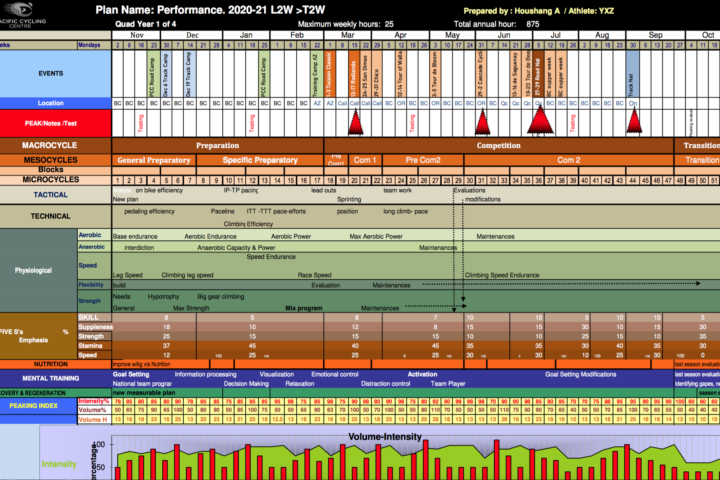
We review the art and science of developing and maintaining an annual training plan, which helps athletes progress and perform at their best.

It’s hard to find time to fit in the long, slow miles that traditionally comprise the base season. Coach Trevor Connor offers suggestions for improving life-training balance, understanding quality versus quantity, and more.
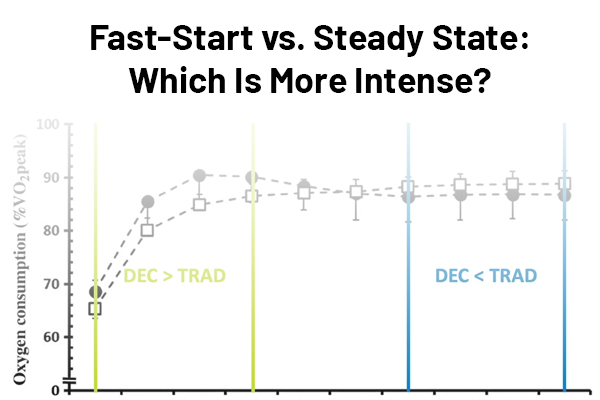
Dr. Stephen Cheung discusses a study comparing steady-state versus fast-start intervals, then uses Xert software to model how a fast-start interval can be much more intense.

The variable terrain of most MTB trails makes it difficult to keep power steady. So, is it possible to get solid base rides on the mountain bike?

Dr. Stephen Seiler explores whether a Zwift race of about 60 minutes can be a decent substitute for a 60-minute FTP test.
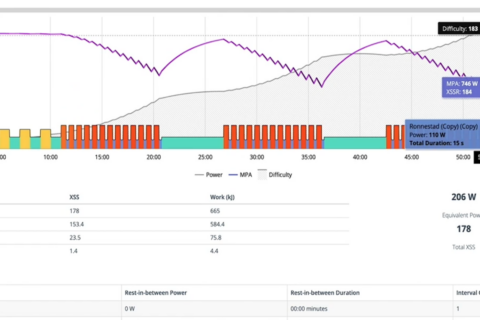
In this workshop, Dr. Stephen Cheung uses Xert software to illustrate how a single workout can impact athletes differently depending on their phenotype.
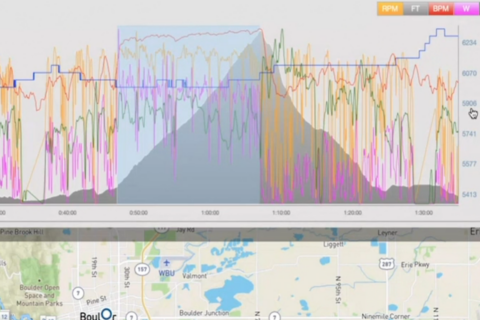
Coaches Trevor Connor and Ryan Kohler analyze data from longer threshold efforts to support results garnered from the popular 20-minute power test.
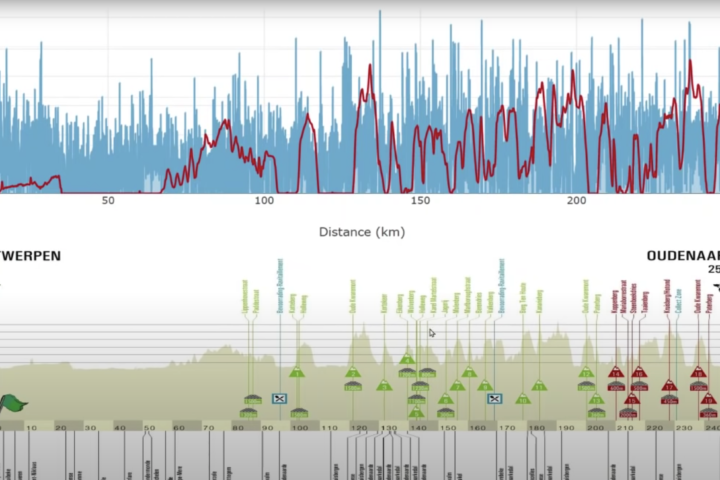
Crunching numbers is one thing, but if you want to turn data into victory, here are a few key things you should do and a few things to avoid.

Dr. Stephen Seiler speaks at the Aspire Academy on why and how to monitor athlete training loads.
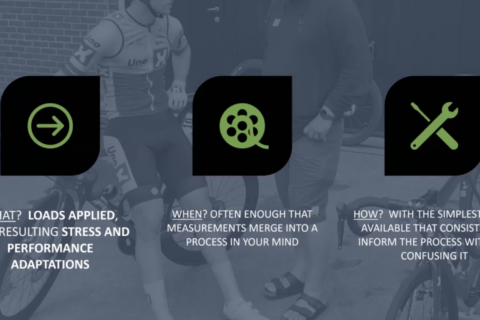
Dr. Seiler shares his method for monitoring an athlete’s training volume and intensity.
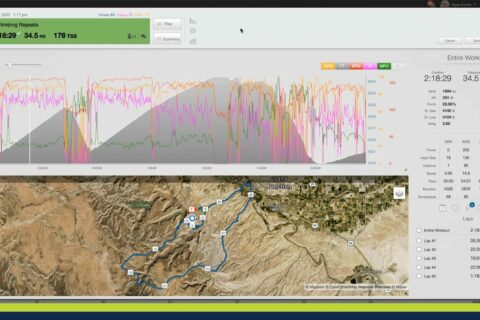
Coach Ryan Kohler and Trevor Connor analyze climbing intervals at threshold, focusing on the importance of cadence and pace.
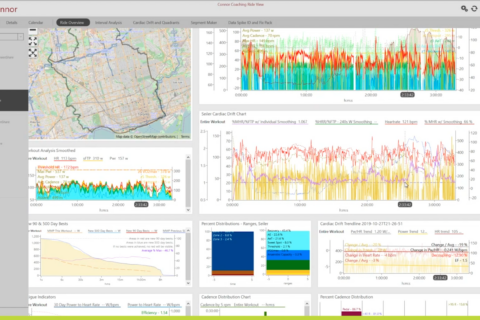
Coaches Trevor Connor and Ryan Kohler analyze ride data from one of Trevor’s LSD (long, slow distance) rides in order to explain the correct execution of one of these fundamental rides.
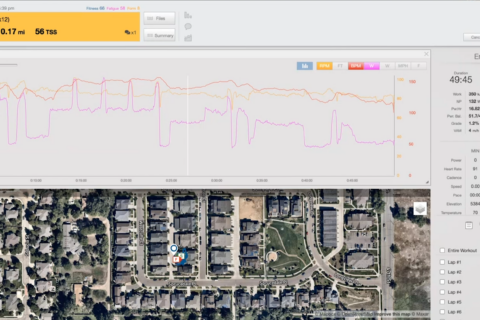
Coach Ryan Kohler and Trevor Connor demonstrate how to interpret pedaling cadence data and look for signs of poor workout execution.
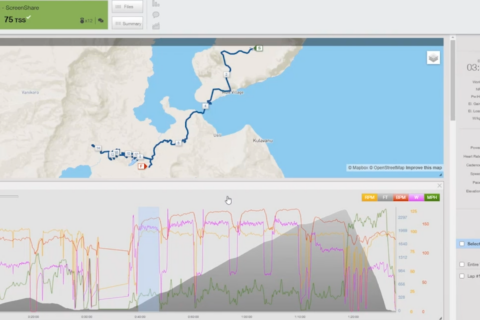
Coach Trevor Connor and Coach Ryan Kohler walk through their process for interpreting 5×5-minute interval workout sessions in TrainingPeaks.
How do you, as an athlete, combine your understanding of sport science and your training and racing experience to most effectively map out your training? That question is the basis for today’s episode, one in which we drift between the philosophical and the practical.